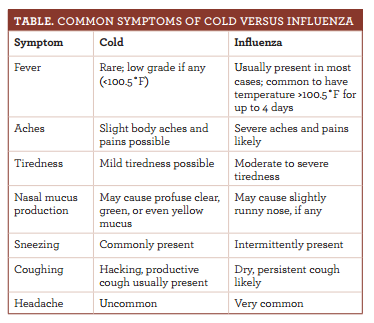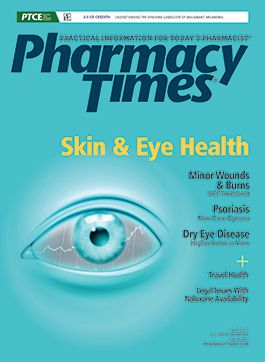Publication
Article
Pharmacy Times
Case Studies (May 2017)
Author(s):
What should these pharmacists do?
CASE 1
EY is a 44-year-old, 75-kg man with stage III colon cancer who was recently diagnosed with a deep vein thrombosis. He is currently on his fifth cycle of leucovorin, fluorouracil, and oxaliplatin (FOLFOX). He has no other comorbidities and is not taking any other prescription or OTC medications besides antiemetics before chemotherapy. EY comes to your pharmacy with a prescription for 10 mg of apixaban twice daily for 7 days followed by 5 mg twice daily for treatment and secondary prevention of venous thromboembolism (VTE).
As the pharmacist, what are your concerns with this prescription?CASE 2
TB is a 32-year-old man who comes into your pharmacy to purchase OTC medications for a cold. He complains of feeling somewhat achy the last 3 days, with greenish-yellow nasal discharge and a productive cough. He also reports having a fever this morning (temperature of 99.9˚F), which he treated with acetaminophen. Otherwise, TB is in good health and does not regularly take prescription or OTC medications, nor has he received an influenza vaccination this season.
As the pharmacist, what is your recommendation for TB?
SEE THE ANSWERS ON PAGE 2. ANSWERS
Case 1: According to the American Society of Clinical Oncology guidelines, the use of non—vitamin K antagonist oral anticoagulants such as apixaban is not recommended for VTE treatment in patients with a malignancy (strength of evidence = insufficient; recommendation type and strength = informal consensus, strong). Low-molecular-weight heparins (LMWHs) are the preferred anticoagulants for the initial 5 to 10 days of VTE treatment and for long-term secondary prophylaxis for at least 6 months (strength of evidence = strong; recommendation type and strength = evidence-based, strong).
The pharmacist might recommend alternative therapy with an LMWH such as 200 IU/kg of subcutaneous dalteparin once daily (total dose: 15,000 units), and advise EY to follow up with his physician in 7 to 10 days.
CASE 2: According to the CDC, TB’s presentation appears more consistent with cold rather than influenza (TABLE), ), although they may share overlapping symptoms. TB does not mention suffering from a headache or high-grade fever, both of which are symptoms common with influenza. In addition, a cold usually develops over a couple of days, whereas the onset of influenza is more rapid.
The pharmacist can advise TB to continue the use of acetaminophen or a nonsteroidal anti-inflammatory drug for persisting fever, as well as recommend the use of OTC medications to manage symptoms as needed. Maintaining proper hydration and getting plenty of rest are also key components to restoring his baseline health.

Mr. Vinciguerra is a PharmD candidate, Dr. Nguyen is an outcomes research fellow, and Dr. Coleman is a professor, all at the University of Connecticut School of Pharmacy in Storrs, Connecticut.







